By Abigail Segel, Bus 2 Participant
Hummus, falafel, shakshuka, pita, za’atar and Yotam Ottolenghi’s Jerusalem Cookbook. That was my idea of Israeli cuisine before I left for my Israel adventure this summer. Having been here for four weeks, I now understand that just as Israel hosts a diversity of people, it contains an immense array of foods as well. So, when I think of Israeli food now, I certainly think of all those things, but images of iced coffee, dates, tomatoes, cucumbers, Bamba, chocolate spread, chocolate bread, and ice cream cones come to mind as well. As a foodie, I’ve greatly enjoyed eating my way through Israel, exploring this element of the Holy Land’s culture.
I’ve found there to be four categories of NFTY in Israel meals. The first is mall pizur food. Pizur is when we split into small groups and buy our own food, and often, especially for lunch when we’re on the road, this happens in a mall. Mall food is, well, mall food; it’s not what I’ll remember about Israeli food when I get home.
The next type of Israeli food we’ve had was from the hostels and hotels we stay at throughout the trip. With an unimaginably diverse variety of salads, breads, proteins, and sides, dining hall food is solid. However, like mall food, this food was typically nothing to write home about.
Shuk food, on the other hand, certainly is, as long as you use your shekels right. When we have pizur time in the open air markets, I love exploring the stands of fruit, spices, vegetables, and desserts. In the Machane Yehuda Market in Jerusalem, the Akko market, the Jewish Quarter of the Old City, and Shuk HaCarmel in Tel Aviv, I felt like I was eating authentic Israeli food. For example, I’ve eaten falafel a million times better than any sold in frozen packages in the States, nut pastries so syrupy and flaky I could be found licking my fingers after eating them, and sticky dates with as much sheer pleasure as a kid wolfing down his Halloween haul.
The fourth and final category of food is my personal favorite, over even the wonderful excitement of shuk meals. This is the food that others made for us, essentially home-cooked meals for forty campers. Our first experience of this amazing Israeli hospitality was in the Negev desert, where the incredible people from Kibbutz Yahel fed us during our hiking trip. Early in the morning each day, as a sort of pre-breakfast, they set out tea and sweets. My personal favorite was a chocolate loaf cake that my friends and I affectionately called magic chocolate bread because we couldn’t stop returning to the table to get another piece. Breakfast, in the middle of the first hike of the day, was fresh vegetables, fruits, breads, spreads, and cereal. Dinner, however, was the star of the show. Dishes full of spices, vegetables, proteins, and grains warmed our souls and fueled us for long desert hikes. On the last day of the hiking trip, Yahel staff also served us our first Israeli shakshuka, the dish of eggs cooked in a chunky tomato sauce. Later in the month, we had dinner in a Bedouin tent, a hearty meal of classic middle eastern flavors eaten sitting in a circle on the ground. Similarly, we were treated to Yoav pizza at Hukok Balev, wonderfully cheesy and crispy pies that were devoured as soon as they were pulled out of the outdoor ovens. Our lunch in a Druze village was also notable; I still remember the smell of aromatic rice, the spices of an eggplant and chickpea dish, and the delicate sweetness of the date-filled cookies. Israelis know that food is best when it is shared, and they expertly use cooking to create community.
I suppose I should mention one bonus category of food: ice cream. Never in my life have I eaten so much ice cream. Israelis understand that they live in a hot country, so sweet, refreshing ice cream is sold everywhere you can imagine: gas stations, malls, tourist spots, parks, commercial streets, you name it. Ice cream will be there if you look for it. And boy, did we find it.
Sure, I’ll go home and do my best to recreate the wonderful foods of Israel, but I know nothing will ever compare to eating them here, in the center of the cuisine’s Mediterranean, African, Middle Eastern, and Asian influences. There’s something about being in a land so rich with history and culture, surrounded by your best friends in the world, that brings the food to another level. So, I can’t wait to return to the Holy Land and say, once again, b’teavon.






